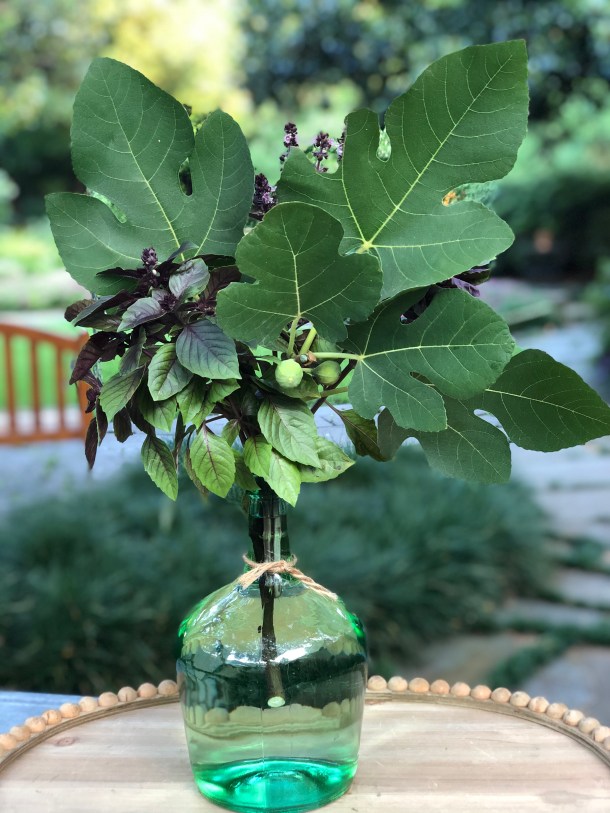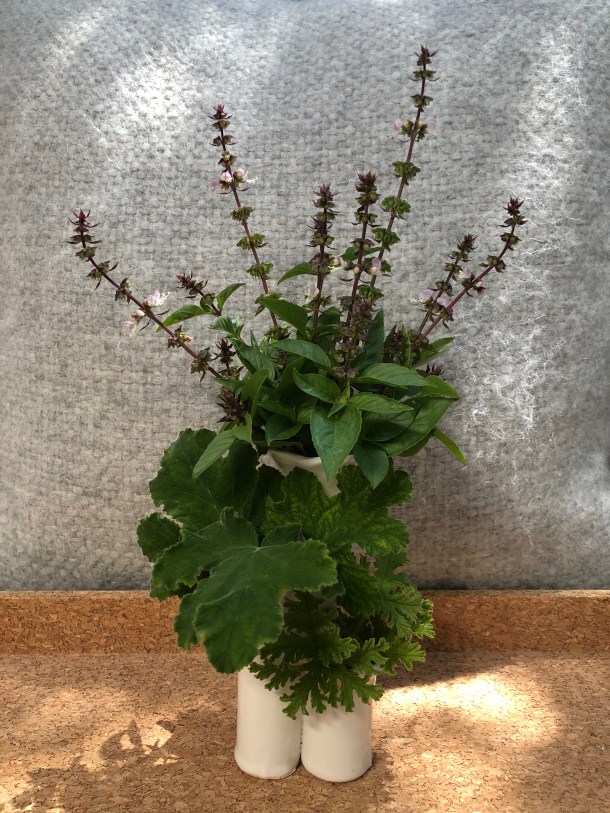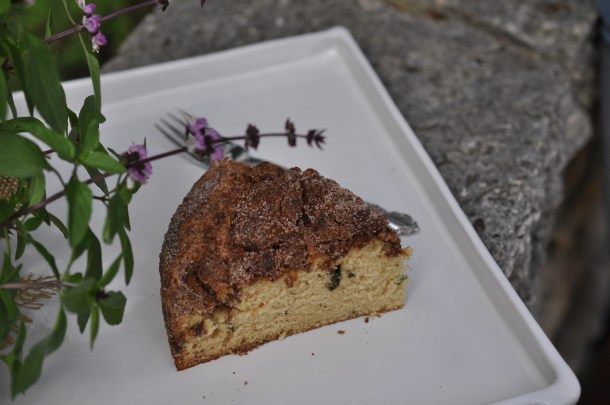September 30, 2023
Dear Friends,
I am reposting this on the last day of September because we had a few technical difficulties with our video last week. If you love basil or basil in a flower arrangement, you will eat this up! So please watch.
Something in the air feels refreshing and hopeful. Summer heat is beginning to drift away as cooler nights carry us into autumn’s blissful welcome. Have you felt the delicate whisper of magic moving through the trees as leaves are beginning to reveal their fall color palette?
Our landscapes seem grateful for the transition to rainy days filled with a nourishing gift from the heavens. Plants that were scorched and spent from the blistering heat of summer have lifted their heads in gratitude for the cool breezes of our beloved fall weather. Spending time outdoors is, once again, a delightful and long-awaited experience. Autumn is the season to embrace soothing moments of tranquility in the garden!
Plentiful is one of many ways to describe the variety of botanical options available to us over the next few months. For September, our featured plants are the following: Basil is brimming with a colorful, rich display of foliage that will be used in various ways; some for filling in open spaces of fragrant arrangements, others for making tasty pesto for the freezer. Turk’s Cap survived the summer and is now ending its seasonal performance while the strong stems and slightly rough leaves of Lemon Verbena plodded through the heat of summer with steadfast determination.
In April, my raised stone garden bed was planted with a half dozen, or more, different types of basil. They continued to grow lush and beautiful with blossoms appearing as summer progressed. It was a happy place for bees and butterflies to visit daily. Several varieties I especially enjoyed were:
Balsamic Blooms: Vigorous grower with bright green leaves and deep, purple blooms appearing simultaneously. Both leaves and flowers are edible. Wonderful for pesto, garnishes and more.
Cinnamon Basil: Once again, volunteer plants from last year’s seeds filled one side of our gravel driveway with their showy presence. Their aromatic cinnamon fragrance is a treat for the senses when used for indoor arrangements. But I couldn’t resist making several Cinnamon Basil Cakes to share with friends!
Basil, ‘Magic Mountain’: A strong contender for its ornamental value, this plant displays large, deeply colored flowers all summer long. The purple-hued dark green leaves are showy in floral arrangements as well as adding flavor to pesto, sauces, salads and meat dishes.
A few additional observations from my garden:
*Favorite basil for the honeybees: ‘Magic Mountain’ was like a bee magnet throughout the entire summer, especially during the early morning and late afternoon hours. Hundreds of foraging bees buzzed around the blossoms drinking in the nectar. They weren’t even bothered by my camera lens just inches away from the activity.
*Best basil for using in an arrangement: ‘Red Rubin’ proved to be a prolific grower with its coppery, purple leaves and small pink flowers. It offers an interesting branching structure that serves any arrangement well. Next spring, I’ll be using it throughoutmy garden.
*Basil with the most dramatic appearance: ‘Balsamic Blooms’ There’s a good reason why this variety received the Texas Superstar rating. Brilliant, green leaves embracing tightly formed purple blossoms make a striking appearance in the garden.
Turk’s Cap survived the summer heat and is now giving us a final showing. This perennial dies to the ground in winter but emerges in early spring. It’s another great native plant for Texas landscapes attracting bees, butterflies and hummingbirds. Growing up to six feet tall, use it as a background plant alongside other natives suited for a natural growth environment.
Lemon Verbena is my perennial herb of choice and one that I feel saddened to bid farewell to when our first freeze arrives. It was over thirty years ago that lemon verbena captured my attention. During that time, I’ve made countless loaves of lemon verbena bread to share with family and friends who gratefully extend their appreciation. And, of course, every morning from April until November a fresh sprig of lemon verbena garnishes my oversized glass of green tea.
September gently sweeps us out of summer and into the refreshing music of Autumn. Let’s embrace the melody!
Linda Alexander, Dallas County Master Gardener Class of 2008























